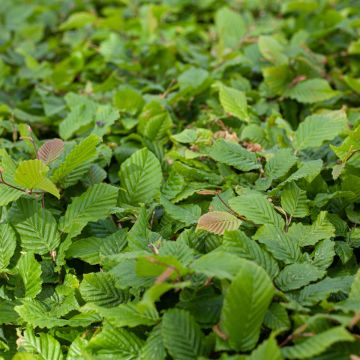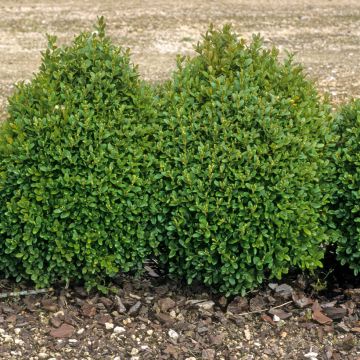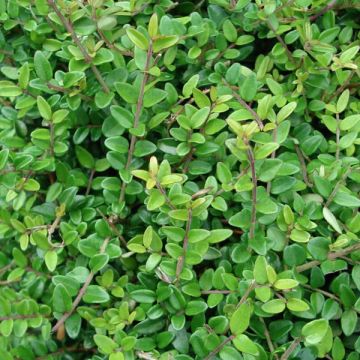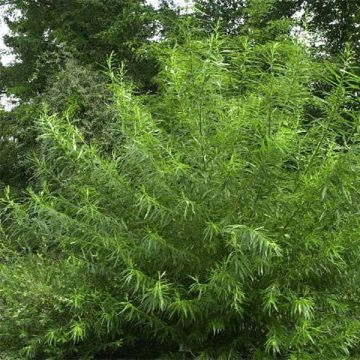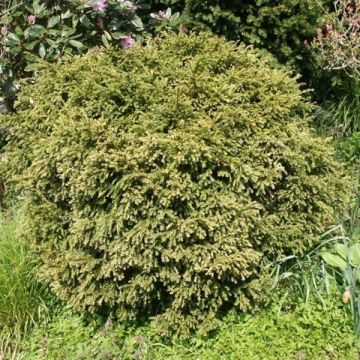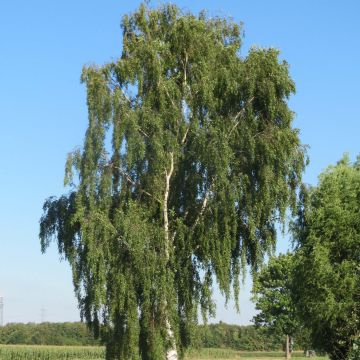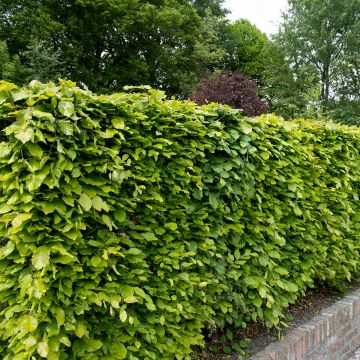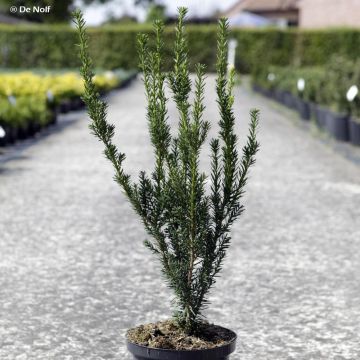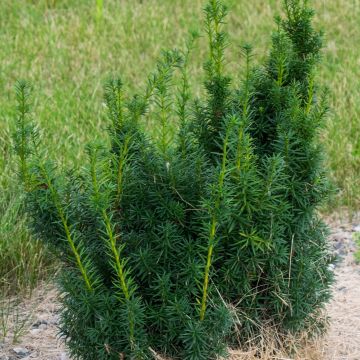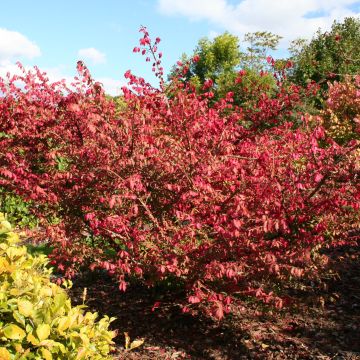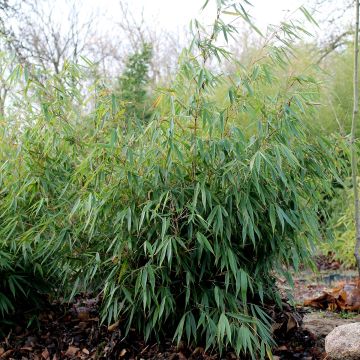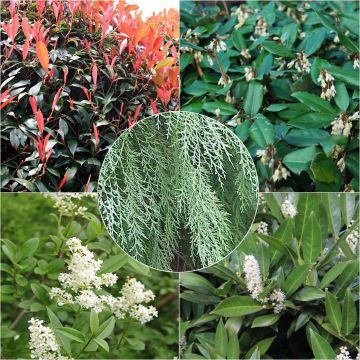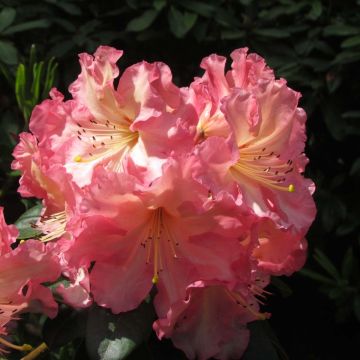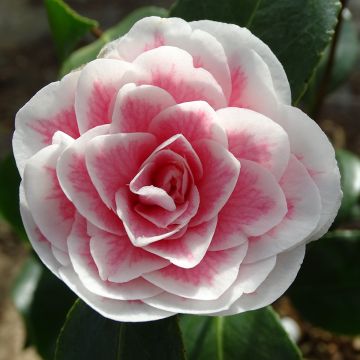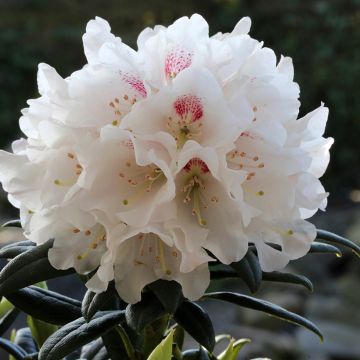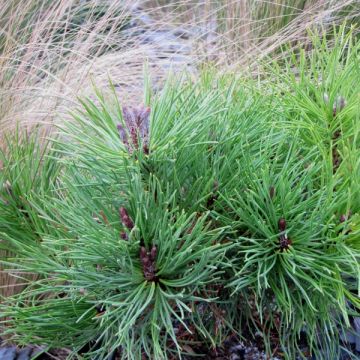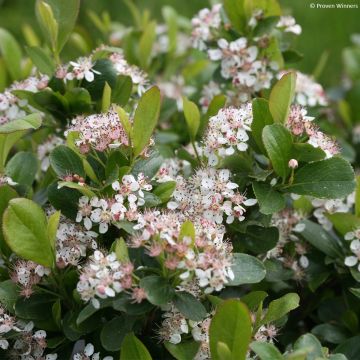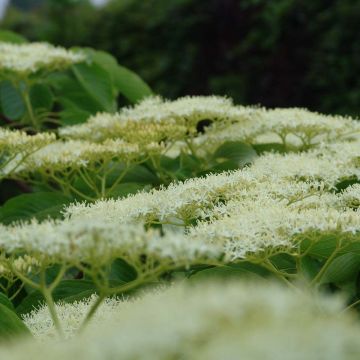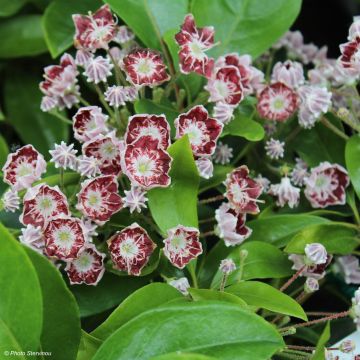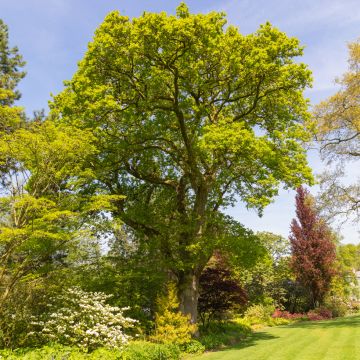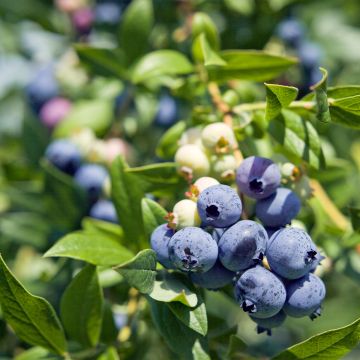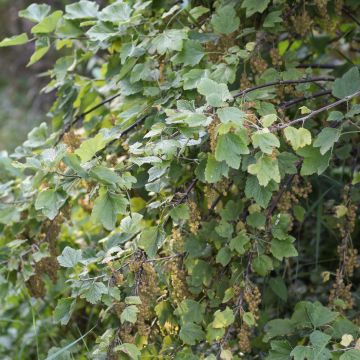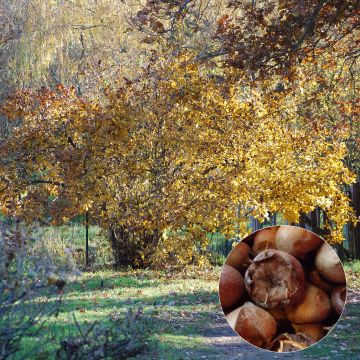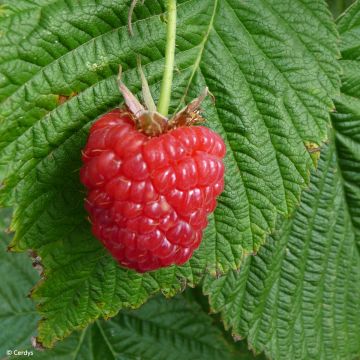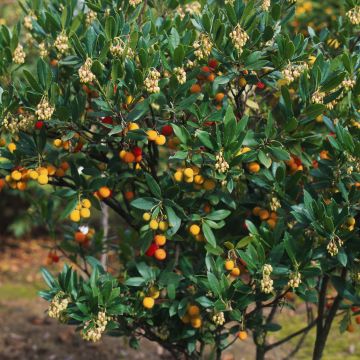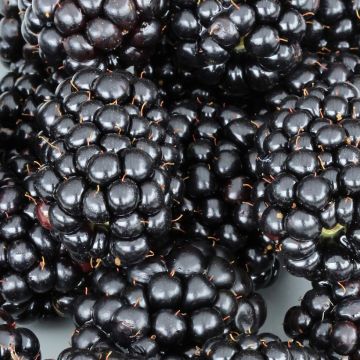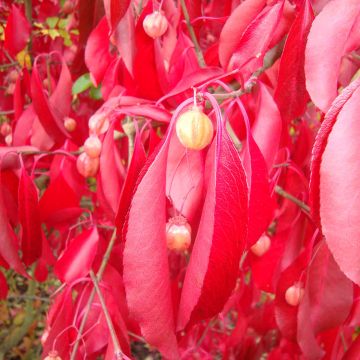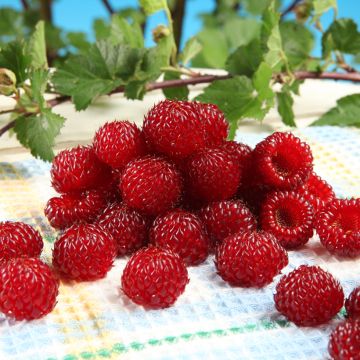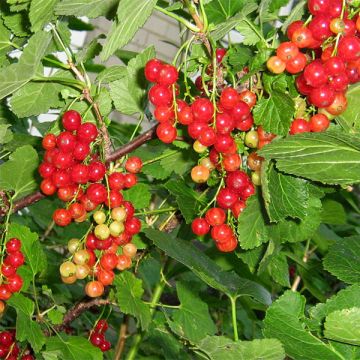Shipping country and language
Your country of residence may be:
Your country of residence is:
For a better user experience on our website, you can select:
Your shipping country:
-
Andorra
-
Austria
-
Belgium
-
Bulgaria
-
Canada
-
Chile
-
Croatia
-
Cyprus
-
Czechia
-
Denmark
-
Estonia
-
Finland
-
France
-
Germany
-
Greece
-
Hungary
-
Iceland
-
Ireland
-
Italy
-
Latvia
-
Lithuania
-
Luxembourg
-
Malta
-
Monaco
-
Netherlands
-
Poland
-
Portugal
-
Romania
-
Slovakia
-
Slovenia
-
Spain
-
Sweden
-
Switzerland
-
United Kingdom
We only deliver seed and bulb products to your country. If you add other products to your basket, they cannot be shipped.
Language:
-
French
-
German
-
Spanish
-
English
My Account
Hello
My wish lists
Log in / Register
Existing customer?
New customer?
Create an account to track your orders, access our customer service and, if you wish, make the most of our upcoming offers.
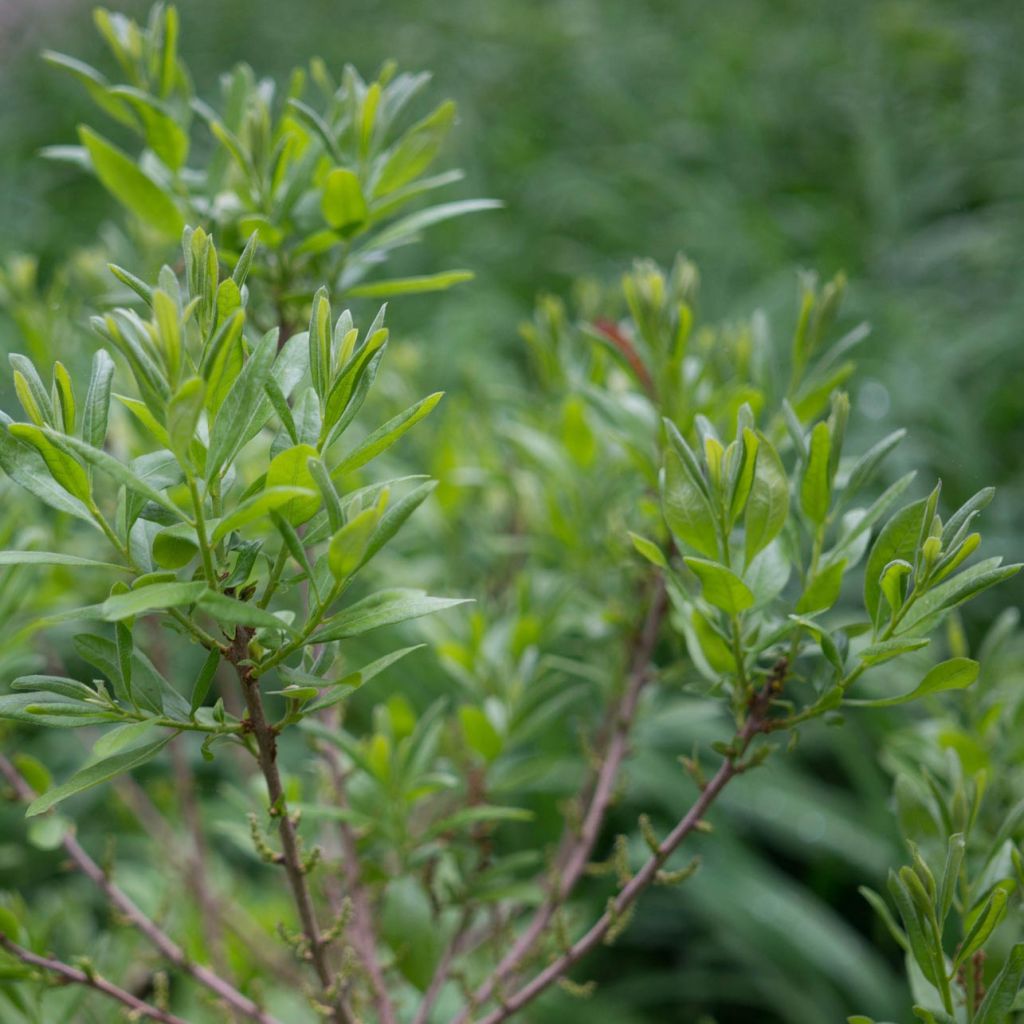

Myrica pensylvanica
Myrica pensylvanica
Myrica pensylvanica
Bayberry, Candleberry
Based on your description, it is a dioecious essential oil. How can we order a male plant and a female plant?
rémy, 10/03/2020
Why not try an alternative variety in stock?
View all →Order in the next for dispatch today!
Dispatch by letter from €3.90.
Delivery charge from €5.90 Oversize package delivery charge from €6.90.
More information
This item is not available in your country.
Schedule delivery date,
and select date in basket
This plant carries a 24 months recovery warranty
More information
We guarantee the quality of our plants for a full growing cycle, and will replace at our expense any plant that fails to recover under normal climatic and planting conditions.
From €5.90 for pickup delivery and €6.90 for home delivery
Express home delivery from €8.90.
From €5.90 for pickup delivery and €6.90 for home delivery
Express home delivery from €8.90.

Does this plant fit my garden?
Set up your Plantfit profile →
Description
Myrica pensylvanica, also known as Pennsylvania Bayberry or Pennsylvania Wax Myrtle, is a deciduous or semi-evergreen aromatic bush that produces a waxy and fragrant fruiting in autumn on female plants, which can persist throughout the winter.
Myrica pensylvanica belongs to the Myricaceae family and is native to Southeast Canada, and the East and Southeast of the United States (Newfoundland, Ontario, Ohio, North Carolina). It will occupy a space of 3 m (9.8 ft) in all directions.
Pennsylvania Bayberry has a dense bushy habit. The berries, with a diameter of 4 mm (0.2 in), are covered with a thick, waxy, white-blue film and appear on female plants in autumn and persist until the heart of winter. It has toothed, wide, ovate and glossy leaves, measuring 2.5 cm to 7 cm (1 in to 2.8 in) in length and 1.5 cm to 2.7 cm (0.6 - 1.1 in) in width. The leaves are grey-green and emit a strong aromatic resin when crushed. The male and female catkins appear in April-May. The male inflorescences are more visible and their colour ranges from yellow-green to red.
Plant Myrica Pensylvanica in neutral to acidic, light, well-drained soil, in full sun or partial shade. This bush is particularly adapted to moist, peaty, or sandy, acidic soils, but it tolerates a wide range of poor soils, even salty ones, enriching them with nitrogen. It is not afraid of drought. As the plant is dioecious, it will be necessary to plant a male plant among the female plants to obtain fruit formation. Pennsylvania Bayberry tolerates strong winds and sea spray. If necessary, prune dead wood or tangled branches before the start of new growth from February to April.
Myrica pensylvanica is a versatile bush. It can be planted at the edge of a woodland, or in a border to fill a wild corner of the garden. Note that when planted in the most favourable conditions, it tends to produce suckers and can form large colonies. You can install it in a free hedge to create a screen, combined with Sea Buckthorn (Hippophae rhamnoides), Alders (Alnus glutinosa), and Dryads (Dryas integrifolia and D. drummondii). Use it to stabilise a slope and fight erosion with Creeping Honeysuckle (Lonicera nitida), Snowberry (Symphoricarpus racemosa), or in drier terrain with Buddleias or Siberian Peashrub (Caragana arborescens).
Myrica pensylvanica enriches the soil with nitrogen through specialised bacteria located in its root nodules. This symbiotic phenomenon is common in legumes, but also occurs in Sea Buckthorn, or casuarinas, for example. The foliage of Pennsylvania Bayberry is rich in essential oil. The plant is used in perfumery, and the branches are used by campers to repel biting insects. The waxy coating on the berries is used to make scented soaps and candles.
Report an error about the product description
Myrica pensylvanica in pictures
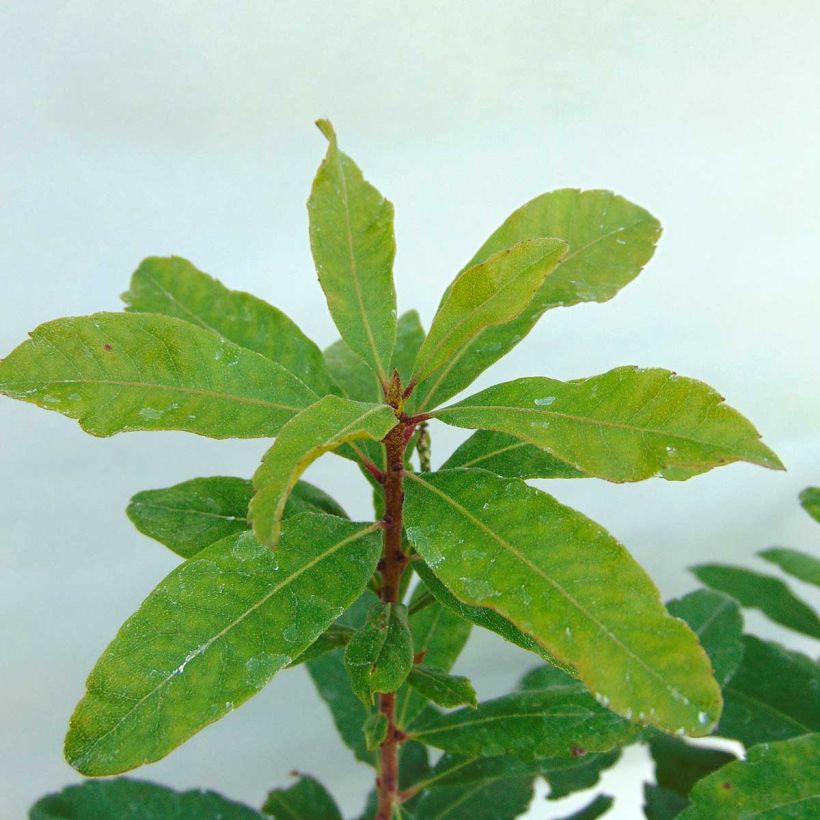

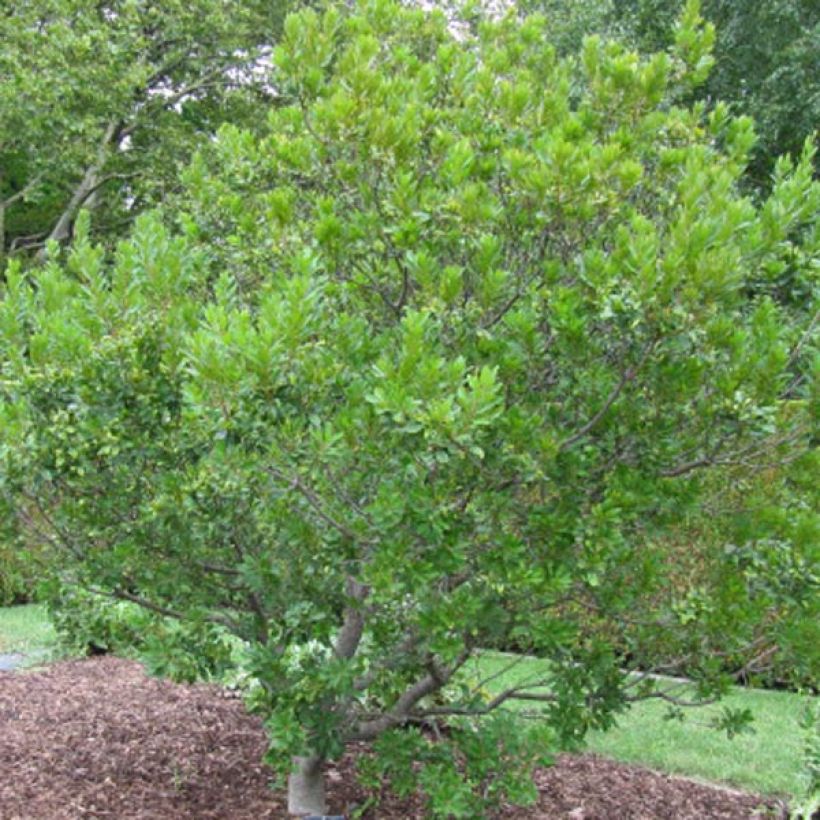

Plant habit
Flowering
Foliage
Botanical data
Myrica
pensylvanica
Myricaceae
Bayberry, Candleberry
North America
Other Shrubs A to Z
Planting and care
Plant in neutral to acidic, light, well-drained soil, in full sun or partial shade. This bush is particularly suited to wet, peaty or sandy, acidic soils, but it tolerates a wide range of poor soils, even salty ones, which it will enrich with nitrogen. It is not afraid of drought. As the plant is dioecious, it will be necessary to plant a male plant among the female plants to obtain the formation of berries. Pennsylvanian Myrica tolerates strong winds and sea spray very well. If necessary, prune dead wood or tangled branches before the start of new growth from February to April.
Planting period
Intended location
Care
-
, onOrder confirmed
Reply from on Promesse de fleurs
Hedge shrubs
Haven't found what you were looking for?
Hardiness is the lowest winter temperature a plant can endure without suffering serious damage or even dying. However, hardiness is affected by location (a sheltered area, such as a patio), protection (winter cover) and soil type (hardiness is improved by well-drained soil).

Photo Sharing Terms & Conditions
In order to encourage gardeners to interact and share their experiences, Promesse de fleurs offers various media enabling content to be uploaded onto its Site - in particular via the ‘Photo sharing’ module.
The User agrees to refrain from:
- Posting any content that is illegal, prejudicial, insulting, racist, inciteful to hatred, revisionist, contrary to public decency, that infringes on privacy or on the privacy rights of third parties, in particular the publicity rights of persons and goods, intellectual property rights, or the right to privacy.
- Submitting content on behalf of a third party;
- Impersonate the identity of a third party and/or publish any personal information about a third party;
In general, the User undertakes to refrain from any unethical behaviour.
All Content (in particular text, comments, files, images, photos, videos, creative works, etc.), which may be subject to property or intellectual property rights, image or other private rights, shall remain the property of the User, subject to the limited rights granted by the terms of the licence granted by Promesse de fleurs as stated below. Users are at liberty to publish or not to publish such Content on the Site, notably via the ‘Photo Sharing’ facility, and accept that this Content shall be made public and freely accessible, notably on the Internet.
Users further acknowledge, undertake to have ,and guarantee that they hold all necessary rights and permissions to publish such material on the Site, in particular with regard to the legislation in force pertaining to any privacy, property, intellectual property, image, or contractual rights, or rights of any other nature. By publishing such Content on the Site, Users acknowledge accepting full liability as publishers of the Content within the meaning of the law, and grant Promesse de fleurs, free of charge, an inclusive, worldwide licence for the said Content for the entire duration of its publication, including all reproduction, representation, up/downloading, displaying, performing, transmission, and storage rights.
Users also grant permission for their name to be linked to the Content and accept that this link may not always be made available.
By engaging in posting material, Users consent to their Content becoming automatically accessible on the Internet, in particular on other sites and/or blogs and/or web pages of the Promesse de fleurs site, including in particular social pages and the Promesse de fleurs catalogue.
Users may secure the removal of entrusted content free of charge by issuing a simple request via our contact form.
The flowering period indicated on our website applies to countries and regions located in USDA zone 8 (France, the United Kingdom, Ireland, the Netherlands, etc.)
It will vary according to where you live:
- In zones 9 to 10 (Italy, Spain, Greece, etc.), flowering will occur about 2 to 4 weeks earlier.
- In zones 6 to 7 (Germany, Poland, Slovenia, and lower mountainous regions), flowering will be delayed by 2 to 3 weeks.
- In zone 5 (Central Europe, Scandinavia), blooming will be delayed by 3 to 5 weeks.
In temperate climates, pruning of spring-flowering shrubs (forsythia, spireas, etc.) should be done just after flowering.
Pruning of summer-flowering shrubs (Indian Lilac, Perovskia, etc.) can be done in winter or spring.
In cold regions as well as with frost-sensitive plants, avoid pruning too early when severe frosts may still occur.
The planting period indicated on our website applies to countries and regions located in USDA zone 8 (France, United Kingdom, Ireland, Netherlands).
It will vary according to where you live:
- In Mediterranean zones (Marseille, Madrid, Milan, etc.), autumn and winter are the best planting periods.
- In continental zones (Strasbourg, Munich, Vienna, etc.), delay planting by 2 to 3 weeks in spring and bring it forward by 2 to 4 weeks in autumn.
- In mountainous regions (the Alps, Pyrenees, Carpathians, etc.), it is best to plant in late spring (May-June) or late summer (August-September).
The harvesting period indicated on our website applies to countries and regions in USDA zone 8 (France, England, Ireland, the Netherlands).
In colder areas (Scandinavia, Poland, Austria...) fruit and vegetable harvests are likely to be delayed by 3-4 weeks.
In warmer areas (Italy, Spain, Greece, etc.), harvesting will probably take place earlier, depending on weather conditions.
The sowing periods indicated on our website apply to countries and regions within USDA Zone 8 (France, UK, Ireland, Netherlands).
In colder areas (Scandinavia, Poland, Austria...), delay any outdoor sowing by 3-4 weeks, or sow under glass.
In warmer climes (Italy, Spain, Greece, etc.), bring outdoor sowing forward by a few weeks.
